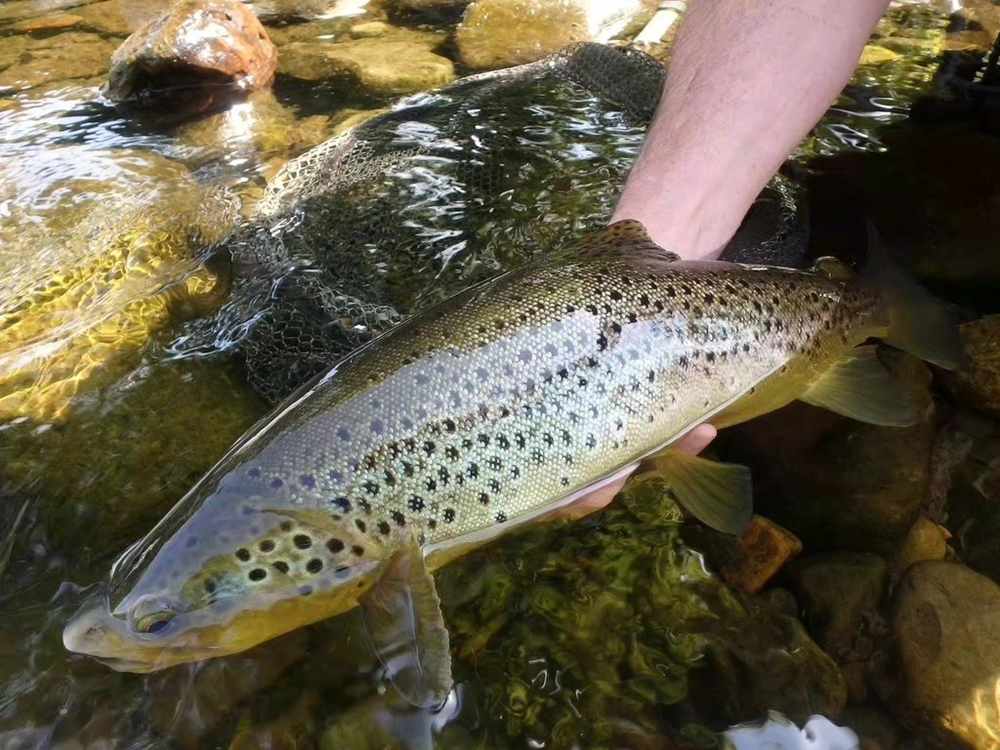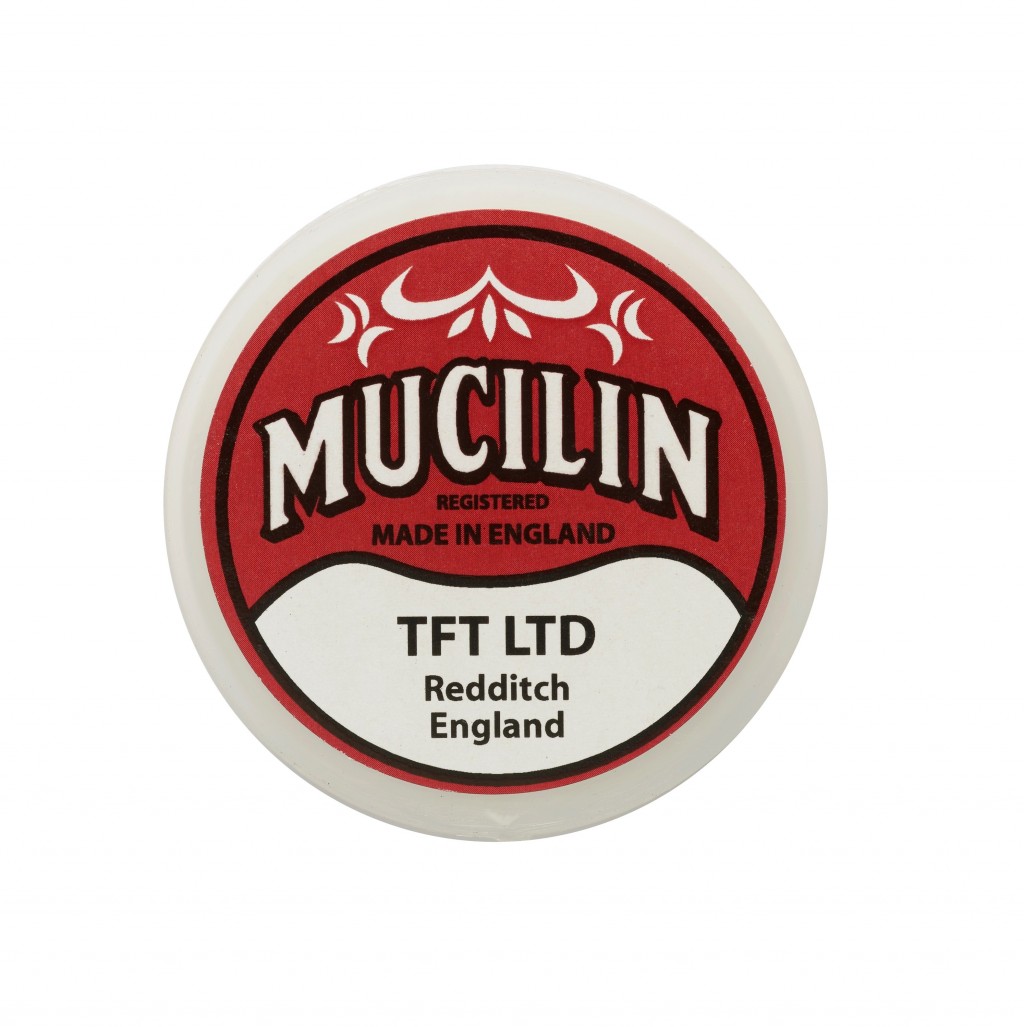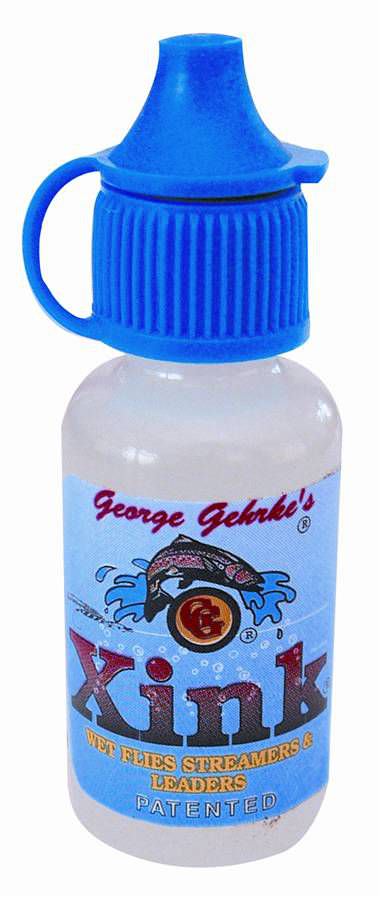Your Questions Answered! Hooking Fish On Dry Flies!
We often get questions on how is best to fish dry flies etc, however one question stood out.
As a beginner, I started using wetfly but now I have begun to use dry fly. I’m having problems hooking fish, can you please advise"#
We sent this to well renowned and exceptional angler Paul Procter to pick his brains!
Ok, firstly, when using wet flies, we’re usually retrieving the flies, so trout have to move that bit quicker to intercept the. Given this we often feel the take by way of a tug, or tightening of the line, followed by using firmly lifting the rod to hook the fish. However, our dry flies are presented static on the whole, so trout needn’t move quickly to seize our fly now. Ultimately then they generally just sip down our dry fly, which means there is no ‘tugging’ sensation for us. Instead, we now use the rise form as a visual prompt to tighten into a taking fish.
As a rule, as soon as you see a trout rise to your dry fly, you should swiftly lift the rod and tighten, which generally works. However there are a few nuances that we need to consider. Firstly, if there’s slack in our fly line creates a lack of tension, which in turn gives the trout some wiggle room to reject our fly before we have direct contact. One way round this is to strike sideways, so we use the tension of the water’s surface to instantly remove slack and realize more direct contact with a taking fish. Of course, lifting the vertically means we have to iron out all that slack first.
Something else we need to consider, which is perhaps more important is whether our leader is floating or not. Imagine that we’re using a 12ft leader overall and it’s sunken due to slipping through the surface film. When we now ‘set’ on a rising trout, that leader has to be lifted clear from beneath the surface before our line tightens on the fish. Again, it gives fish time to spit our fly.
It’s wise then that the bulk of our leader floats, so it can be lifted in an instant. This is achieved by applying a tiny dab of mucilin along the leader. Of course, we don’t want this to extend all the way to our fly, otherwise, trout might be put off by the imprint of a floating leader. The way round this is to attach a tippet length of some 2-3ft using a three-turn water knot. The knot now acts as a barrier to prevent mucilin grease easing down the whole leader. Furthermore, we can apply a little sinkant to the tippet section so it disappears into the surface film. Of course, being only a few feet long this is easily and quickly lifted clear of the surface when striking into a fish.
As I said, it’s normal to react to a rise the moment you see a fish rise. There is however one exception to this and that is when using larger dry fly patterns, like mayflies for example. When trout engulf larger surface flies they tend to do so with a more deliberate action. This means they turn down that bit slower and therefore we should delay our strike be a few seconds or so, otherwise, it’s likely you’ll literally pull the fly out of a trout’s jaws, before it’s properly turned down on the fly.
Finally, fish occasionally miss natural flies at the surface, which means they misjudge our artificials too. In a nutshell then, by the law of averages we do not expect to connect with every trout that takes our fly. And if you experience this, it’s always worth re-presenting your fly to the same fish. Fingers crossed, second time round the trout won’t miss your fly!






















